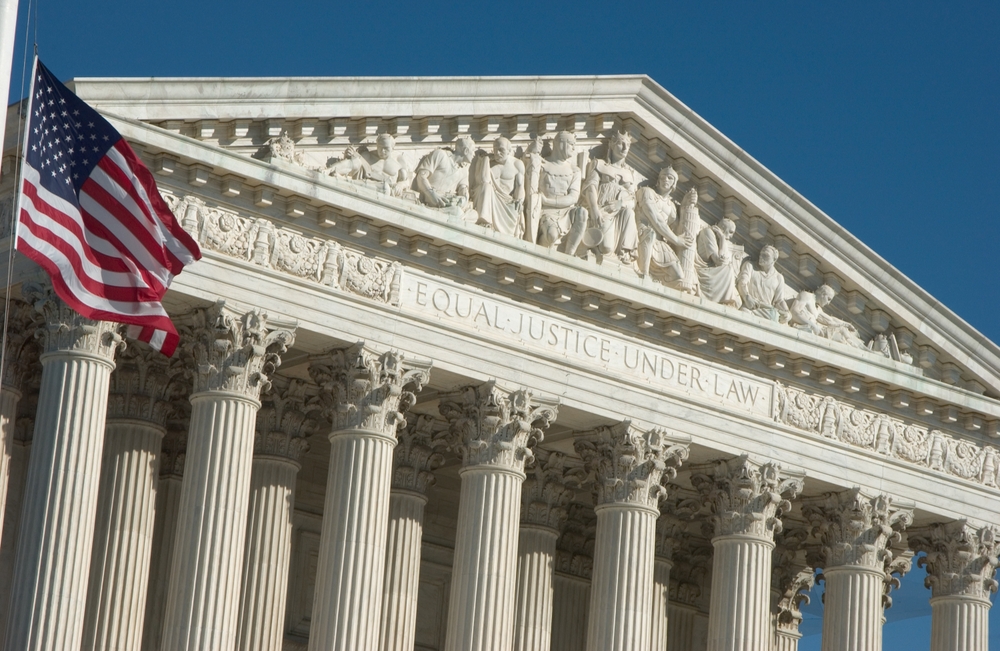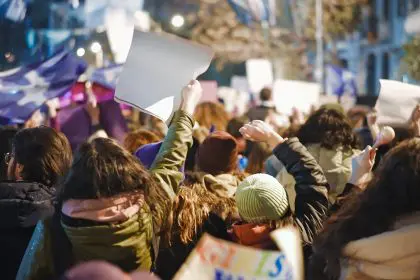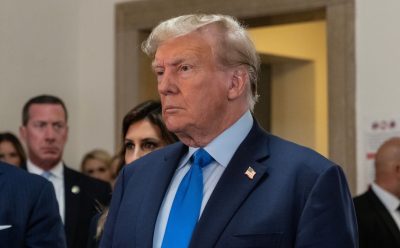The Supreme Court has delivered a landmark decision that grants states unprecedented power to restrict patient access to healthcare providers within one of the nation’s largest public insurance programs. The 6-3 ruling, announced on June 26, fundamentally alters the balance between federal healthcare protections and state authority, with implications that could affect an estimated 25 percent of all Americans who rely on government-funded medical coverage.
The decision represents a significant shift in how patients can challenge state decisions about their healthcare options, potentially limiting legal recourse for millions of low-income individuals who depend on federal programs for medical services. Legal experts describe the ruling as a major expansion of state power that could reshape healthcare access across the country.
Patient choice and provider access face new limitations
The case originated from South Carolina’s 2018 decision to terminate certain healthcare providers from participating in the state’s Medicaid program, despite these facilities offering services like cancer screenings, contraception, and pregnancy testing to low-income patients. Governor Henry McMaster’s executive order sparked a legal challenge from patient Julie Edwards, who argued that federal law guarantees Medicaid recipients the right to choose qualified healthcare providers.
Edwards specifically sought to maintain access to her chosen provider for birth control services, as her diabetes makes pregnancy potentially dangerous to her health. Her case centered on a federal provision that traditionally allowed Medicaid patients to select their own qualified healthcare providers, regardless of state preferences about specific organizations.
The Supreme Court’s ruling effectively eliminates patients’ ability to file federal lawsuits challenging state decisions about provider exclusions from Medicaid programs. Justice Neil Gorsuch, writing for the majority, characterized Medicaid as a bargain between federal and state governments where states agree to follow federal conditions in exchange for funding.
Judicial divide reflects broader healthcare access tensions
Justice Ketanji Brown Jackson authored a forceful dissent, arguing that the majority’s decision undermines fundamental civil rights protections dating back to the Reconstruction era. She characterized the ruling as an attempt to hollow out the Civil Rights Act of 1871, which permits citizens to seek federal court remedies for violations of their constitutional rights.
Jackson’s dissent emphasized that the decision allows states to evade accountability for violating Medicaid recipients’ rights to choose their own doctors, potentially creating a precedent that could extend beyond this specific case to other areas of federal program administration and patient protections.
The 6-3 split along ideological lines reflects deeper tensions about federal versus state authority in healthcare policy, particularly regarding programs that serve vulnerable populations who may have limited alternative options for medical care.
Public health organizations warn of broader consequences
Healthcare advocacy groups, including the American Cancer Society, had argued in court documents that federal lawsuits represent the only meaningful enforcement mechanism available to Medicaid patients seeking to protect their provider choice rights. These organizations warned that eliminating this legal avenue could significantly reduce healthcare access for program participants.
Rural areas face particular vulnerability under this ruling, according to public health advocates, as these regions often have limited healthcare provider options and patients may depend on specific organizations for essential services. The decision could exacerbate existing healthcare disparities in underserved communities.
Medicaid serves approximately one-quarter of the American population, making the ruling’s potential impact substantial across diverse communities and geographic regions. The program’s role as a healthcare safety net for low-income individuals, families, and people with disabilities means that access restrictions could have widespread public health implications.
Religious and advocacy groups celebrate state authority expansion
Catholic Church leadership and pro-life organizations praised the decision as protecting taxpayer interests and state sovereignty over federal program administration. Bishop Daniel E. Thomas of Toledo, representing the U.S. Conference of Catholic Bishops’ Committee on Pro-Life Activities, characterized the ruling as preventing public funding of organizations that conflict with certain religious and moral perspectives.
Pro-life advocacy groups framed the decision as protecting Medicaid program integrity while allowing states to prioritize funding for organizations that align with their policy preferences. These supporters argue that states should maintain discretion over which providers participate in federally funded programs administered at the state level.












